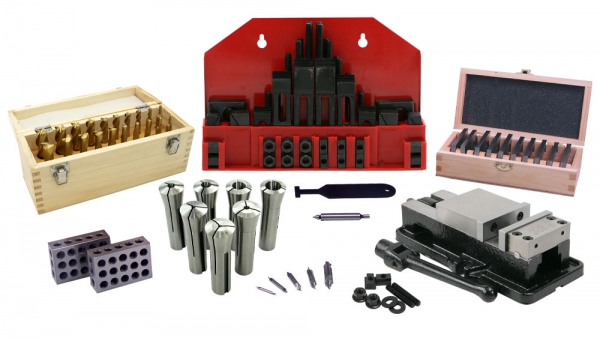Looking to get a mill for home.
I have a Rotwerk Lathe and I quite like it, so I may just stay with that brand name here in Germany.
The questions?
This will be my first mill, and I don't wish to start off learning ANY bad habits from the beginning.
Any tips....hints...things to look out for?
I know the basic saftey issues....No jewelry, loose clothing, don't leave the keys in the chuck ect..
Any tips on beginning milling techniques, tooling, tool holders.....ie..what would be a good vise, and other attachments?
And probably a million other items.
I got dial indicators, micrometers and such as what I use with my lathe..
Any tips gratefull.
George
I have a Rotwerk Lathe and I quite like it, so I may just stay with that brand name here in Germany.
The questions?
This will be my first mill, and I don't wish to start off learning ANY bad habits from the beginning.
Any tips....hints...things to look out for?
I know the basic saftey issues....No jewelry, loose clothing, don't leave the keys in the chuck ect..
Any tips on beginning milling techniques, tooling, tool holders.....ie..what would be a good vise, and other attachments?
And probably a million other items.
I got dial indicators, micrometers and such as what I use with my lathe..
Any tips gratefull.
George





